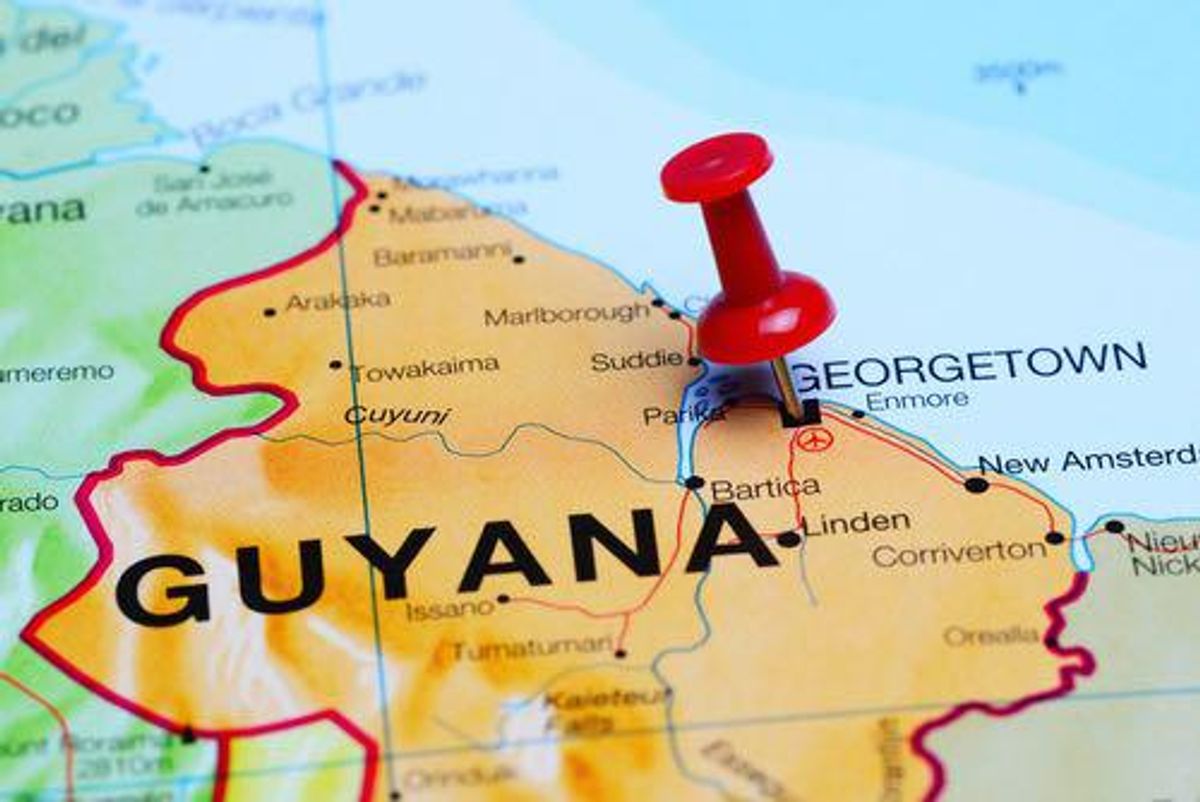Investing in Election Season: The Polls to Watch in 2020, Part 1

INN looks at two elections coming up in 2020. This is part one of a series looking at the elections that will make a splash in resources.
Another year, another round of elections to keep an eye on as planet Earth takes another journey around the sun.
In 2019, a comedian became president of Ukraine; voters in Indonesia, Australia and Canada chose to keep their governments; and Argentina and Bolivia threw theirs out.
This new year (and new decade) sees another round of exciting elections to keep tabs on as the year goes on, although full disclosure: most everybody’s going to have eyes on the US presidential election in November.
America isn’t the only country in the world, though, so let’s have a chronological look at elections coming up in 2020 that could — and will — have an impact on commodities and stories in the resources industry.
As it’s late February, there are already some elections that have gone by, including the parliamentary election in Azerbaijan, a powerhouse of oil and gas production, and the elections in Peru, which saw President Martin Vizcarra receive a popular boost to his efforts to clean up corruption in the copper-rich Andean nation.
Speaking with the Investing News Network in mid-February, Remi Piet of Americas Market Intelligence said that the election result had strengthened the unelected Vizcarra’s position. Vizcarra became president in March 2018 upon the resignation of the previous president, the scandal-plagued Pedro Kuczynski.
“What’s important for the mining community (in Peru) is now they have someone to talk to in Lima that has a stronger position (and) the key opposition (has been) reduced in its capacity to prevent reforms by the Vizcarra administration,” he said.
But let’s look to the future from here on out, starting with the Carribean nation of Guyana, where voters will go to the polls to decide their government on March 2.
Guyana — General election (March 2, 2020)
Guyana is a Caribbean country on the north coast of South America. It has a history, politics, social structure and economy that is unique amongst its neighbours. For starters, the official language is English, and demographically the country is split between the Afro-Guyanese and the Indo-Guyanese groups, who make up 40 percent and 30 percent of the population respectively, and both groups have historically voted for different parties.
Going to the polls on March 2 are the ruling center-left People’s National Congress (PNC), which is supported primarily by the Afro-Guyanese community. They go up against the left-wing People’s Progressive Party (PPP), supported mainly by the country’s Indo-Guyanese community.
Guyana President David Granger of the PNC lost a no-confidence vote way back in late 2018 after a member of his own party voted with the opposition. That didn’t stop him holding on to power, however, with Granger holding off on new elections for more than a year.
Remi Piet has spoken about Guyana with INN at length in the past, describing it as “probably one of the least developed countries in the western hemisphere.”
That could soon change as the major American oil and gas company ExxonMobil (NYSE:XOM) is developing plans to produce 120,000 barrels of oil per day from assets in the country. Combined with other companies that are developing projects, Guyana could well see its total oil output surge to 270,000 barrels of oil per day.
The increase in development in such an impoverished country could see Guyana become “the new Qatar,” according to Piet, who said that an influx of oil dollars could change the entire political structure in the country.
Bolivia — General election (May 3, 2020)
Bolivia’s election will effectively be a re-do of the elections the Andean country held back in October 2019, with those elections yielding a contested result thanks to questionable actions by the electoral authority, as the incumbent at the time, Evo Morales, suddenly leap ahead in the count.
The results were eventually effectively dismissed, and Morales resigned from the presidency and fled the country, claiming that his life was at risk following weeks of protests.
That may have all been for nothing, as a US study released in February reported that there was no evidence of fraud in the elections. That take is contested, however.
As readers will know, Bolivia shares borders with some very interesting and lucrative mining jurisdictions: Chile and Peru. The Andean country has so far punched below its weight when it comes to resources, though it has immense potential thanks to its shared geology with its neighbours, which are rich in lithium, gold and copper.
In the election that is coming up, Morales had plans to run for the Bolivian senate, but he’s been barred by a Bolivian court that has rejected his candidacy due to him being in self-imposed exile.
Currently, anti-Morales leader Jeanine Áñez is president of the country. She took power after the previous leadership all fell away following Morales’ retreat.
Áñez is described as being right-wing, though her party, the Democrat Social Movement, describes itself as center-right.
The Democrat Social Movement goes up against Morales’ party, the left-wing Movement for Socialism, which has put forward Luis Alberto Arce Catacora as its presidential candidate in the absence of Morales himself. Áñez will also face off against the loser of the previous election, Carlos Mesa of the centrist Civic Community Party. Mesa won 36.5 percent of the vote in 2019, compared to Morales’ 47.08 percent.
Coming up next: INN takes a look at elections to be held later in the year in West Africa, as well as a long hard look at the election in the US and how it will affect markets.
Don’t forget to follow us @INN_Resource for real-time updates!
Securities Disclosure: I, Scott Tibballs, hold no direct investment interest in any company mentioned in this article.





